LED Linear Lights are a widely used lighting fixture in interior design, especially in commercial lighting. But what kind of led light it is? And how do we use it? Read on to get the comprehensive guide.

LED Linear Light, just as its name suggests, led linear light is a linear shape luminaire, the design is simpler and more modern. With flexible and personalized design, it is widely used in commercial lighting, but with the advancement of various technologies, linear lights are used in residential and school lighting too. However, before your purchase plan, it’s important to know the different types and functions of linear lights.
The Structure of LED Linear Light
- Aluminum Housing
- PC Diffuser
- LED Board
- LED Driver
- End Cap
- Other Accessories ( including screws, connect fittings, install mountings, etc.)
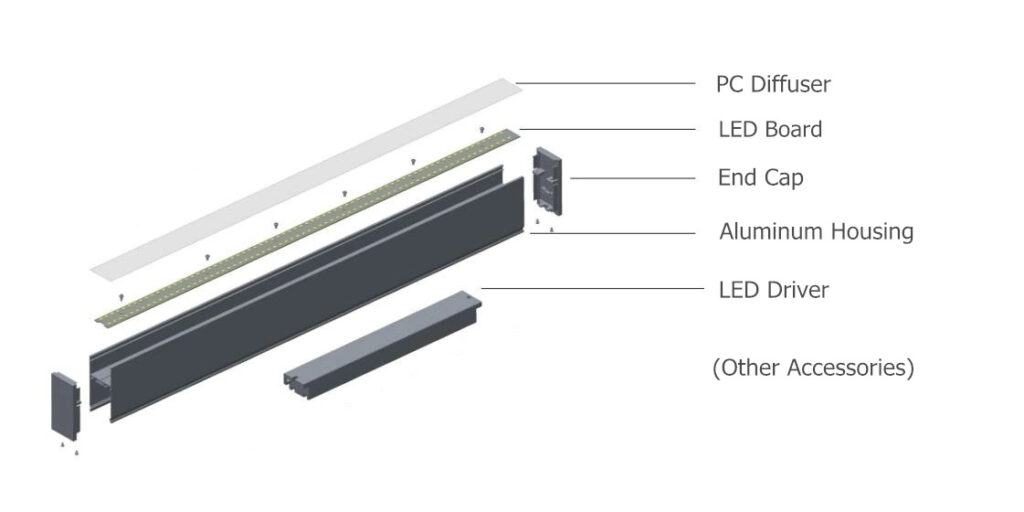
How Many Types of LED Linear Light?
Suspended Linear Lighting, uses suspension wires to hang from the ceiling, you can raise or lower the height of light fixtures to control your light intensity and lighting range. Suspension lighting is most suitable for spaces with generous ceiling height, looks designed, and modern.
How to install suspended led linear light?

Recessed Linear Lighting, means recessed into a surface seamlessly, such as a ceiling or a wall surface. It helps make your room seem larger and adds visibility. Meanwhile, you have more design options for your room.
How to install recessed led linear light?

Surface Mounted Linear Lighting, which is mounted onto the surface of ceilings or walls. It is the ideal choice for low spaces, and it also can be installed between wooden slats, creating more fun for different rooms.
How to install surface-mounted led linear light?
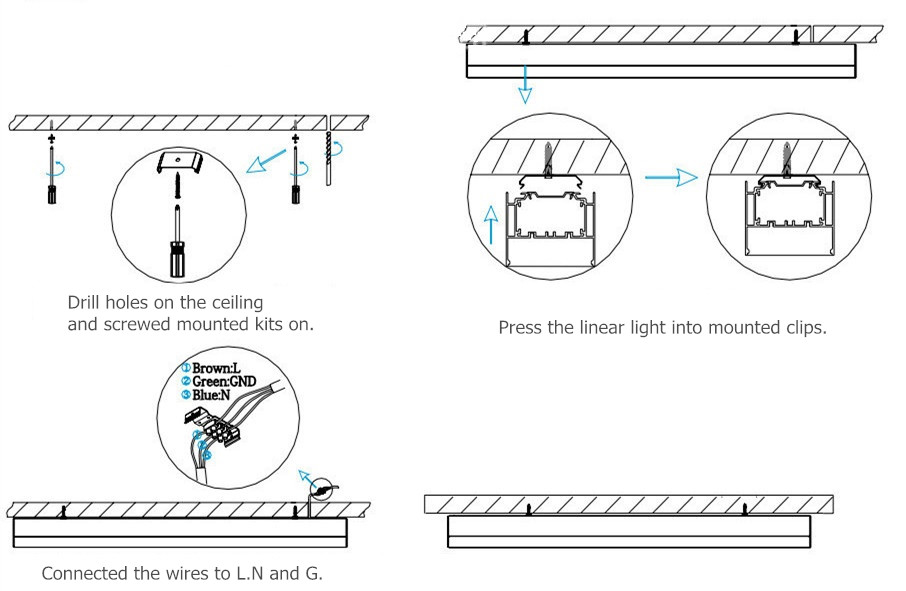
Cabinet Linear Lighting, which is suitable for all kinds of cabinets, such as kitchen cabinets, closets, drawers, shelves, etc. It’s a good lighting scheme to add a touch of depth and drama to your home. And the cabinet linear lighting is very safe because the working voltage is DC12V or DC24V.
Outdoor Linear Lighting, the main feature of this kind of light is waterproof, IP65, or IP67. Which are perfect for feature lighting, providing an amazing color to the outside buildings, highlighting the textures, and adding depth to the architectural features. The outdoor linear light can be installed on walls or floors, you can use it to create wash lighting across space or surface.
The Applications of LED Linear Light
There is really no limit to imagining where to use led linear lights, it will be a perfect design that blows people away and is impressive. Well, let’s check out some references were to use linear lights.
General Lighting, such as office lighting, home lighting, school lighting, shopping mall lighting, hospital lighting, and all kinds of install on the ceiling lighting, which looks clean and modern, offering very comfortable lights for our workplaces.
Task Lighting, such as kitchen countertop, led linear light is a good choice to illuminate areas for chopping and preparing food. It is different from spotlights, linear lights tend to provide a more diffused light over a wider surface area. Actually, other home places like washroom, workroom, reading room, dressing tables, and so on, all can benefit from linear lighting.
Shelving Lighting, that’s an excellent choice to use led linear lights around bookshelves and other shelving areas, it adds a touch of depth and drama to a room.
Layering Lighting, such as stairs, outdoor steps, or any other low-level lighting. It shows the layering of light and creates a more interesting lighting scheme.
Wash Lighting, offers a soft wash of light when linear light is integrated into architectural elements, such as a ceiling cove or floor. For outside use, we recommend IP65 waterproof linear lights.
Why Using LED Linear Light?
Appearance, with its versatility to create unique and outstanding designs, you’ll gain better visibility with these lights and make your room more appealing.
Energy Efficiency, not only because it brings sufficient illuminate to any space, and the working life is more longer.
Easy to install and low maintenance, in a long time, it helps you reduce costs and save more money. Whatever you are a wholesaler, contractor, or user, linear light will make you happy.
Customize LED Linear Light
Length and Shape, it can make to different length as your demands, and connecting seamless to 30 meters. There are “T” “L” “+” connector parts to combination any shape you want.
Color Temperature, warm white, natural white, cool white, or special colors.
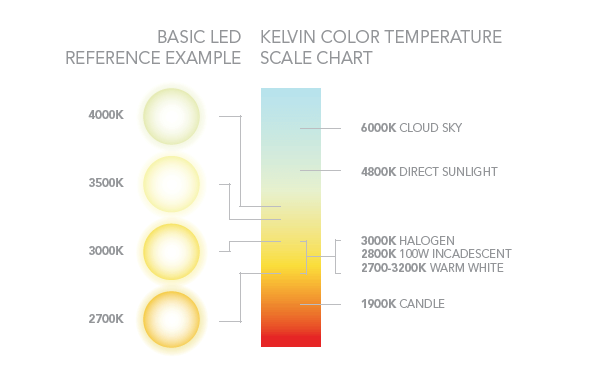
Housing Color, silver, white, black.
Diffuser, milky, transparent, frosted.
Dimmable Function, 0-10V dimmable, DALI dimmable, TRIAC dimmable.
Sensor Function, motion sensor, microwave sensor, etc.
What’s The Standards and Regulations of LED Linear Light?
There are some important things you have to know about the standards and regulations around commercial lighting, especially used in public areas and workspaces.
Glare from commercial lighting is one of the main regulations, as excessive glare will cause health problems, such as headaches and eyesight issues. So it’s important to reduce both direct and reflected glare in an office environment.
UGR(Unified Glare Rating) is the way to measure glare and calculated by the glare from all visible lamps divided by the background lamination of the room. UGR<19 is considered acceptable for the best concentration in an office environment.

LUX Levels are also important, we use them to measure the amount of light output in a given area and create a standard, evaluate whether the light is sufficient for the purpose of the design. The Chartered Institute of Building Service Engineers specifies various light levels for residential and commercial buildings.
Choose LED Linear Light for Your Projects
If you are interested in led linear light but don’t know how to start, please don’t worry and contact us, our engineers and designers will help you.
FAQ of LED Linear Light
How far apart should led linear lights be?
The good general rule is to divide the height of the ceiling by two. The result is the amount of space to leave between each light. For example, recessed lighting spacing for a 10 feet high ceiling would be 5 feet between each light. This will provide good spacing for general room lighting.



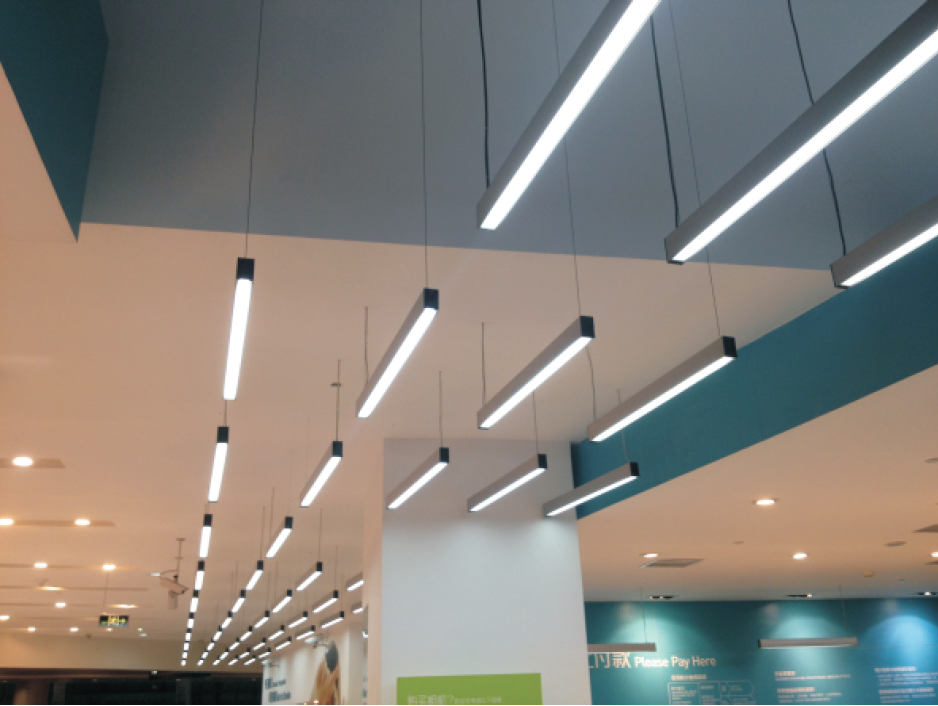










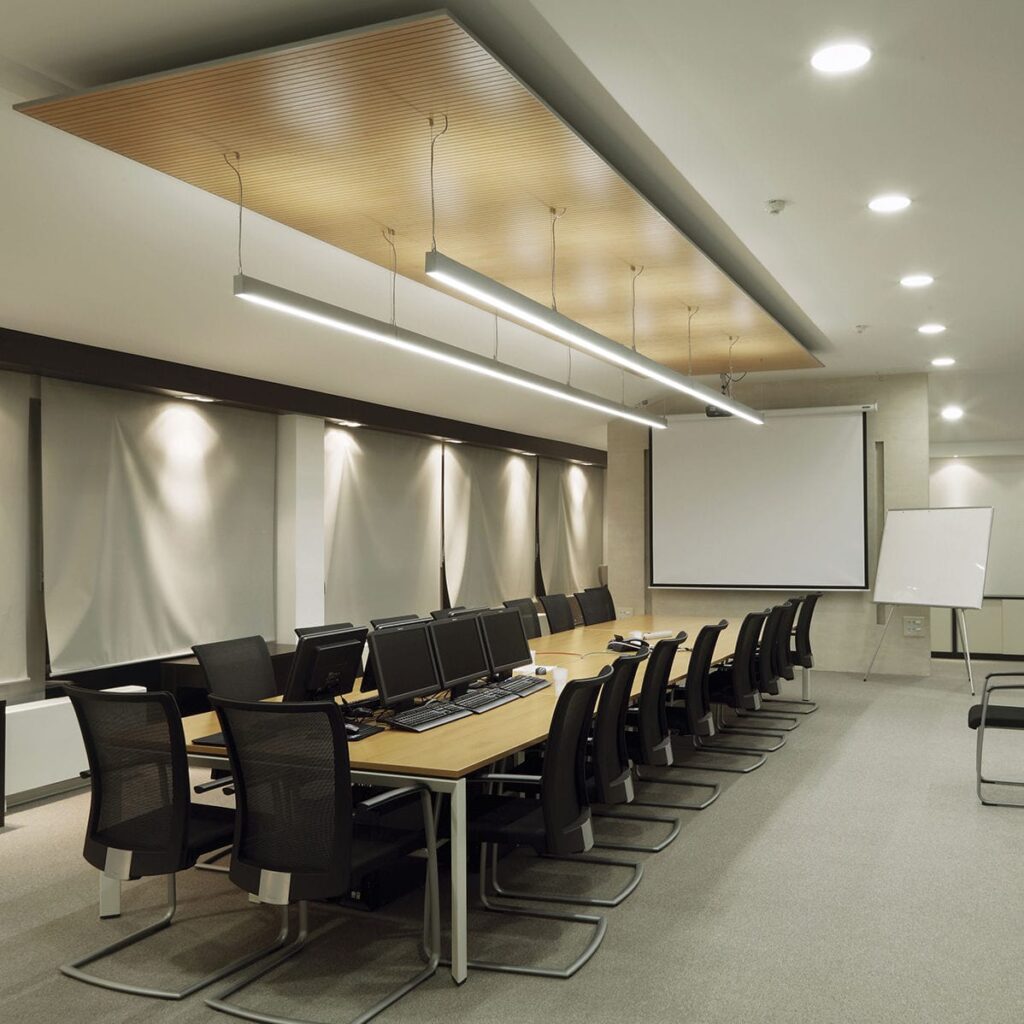



















6 Responses
Great site you’ve got here.. It’s hard to
find quality writing like yours nowadays. I truly appreciate
people like you! Take care!!
Thank you for your comments.
Hello There. I found your blog using msn. This is a really well written article.
I’ll make sure to bookmark it and come back to read more of your useful information. Thanks for the
post. I will certainly comeback.
Review my page – dunder casino bonus ohne einzahlung
Thanks for your comments.
Thanks for the good writeup. It actually was once a enjoyment account it.
Glance complicated to far brought agreeable from you! By the way, how can we keep up a correspondence?
Here is my site :: bestautoservice
Dear friend, thank you for your comments, my email address: lari@so2light.com